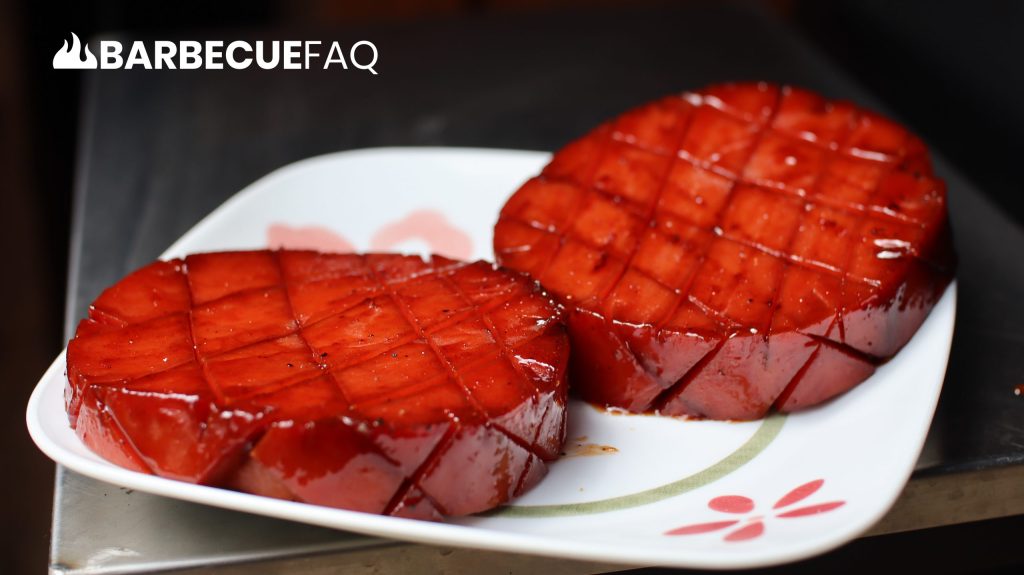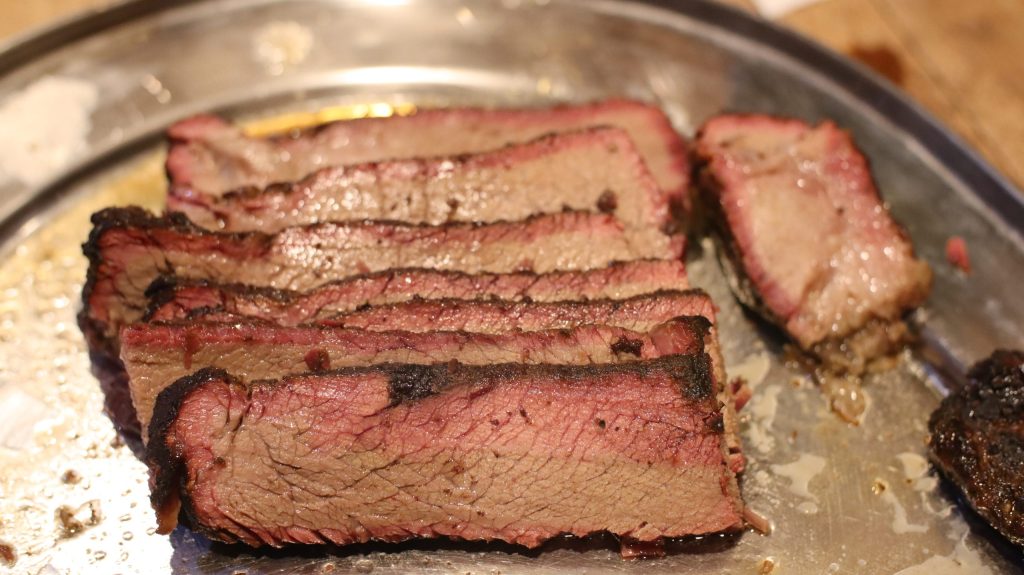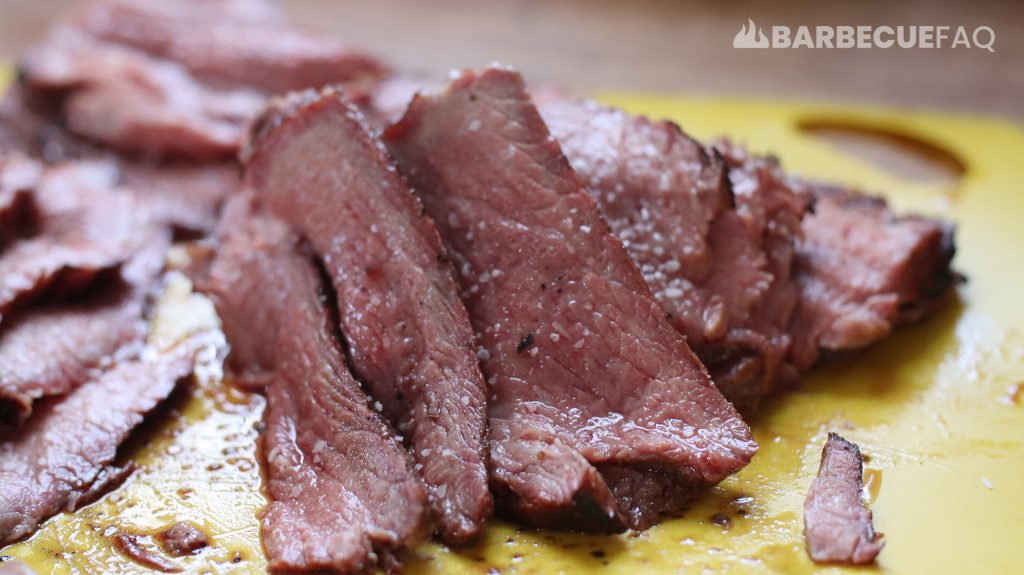1. Brisket is King
It’s likely the biggest cut of meat at your grocery store – weighing 8-20 lbs – and makes for an impressive showing for dinner.
It’s in a similar vein to when you go to carve a turkey, ham, prime rib, etc.
You gather your Friends and Family, cut a cross section:
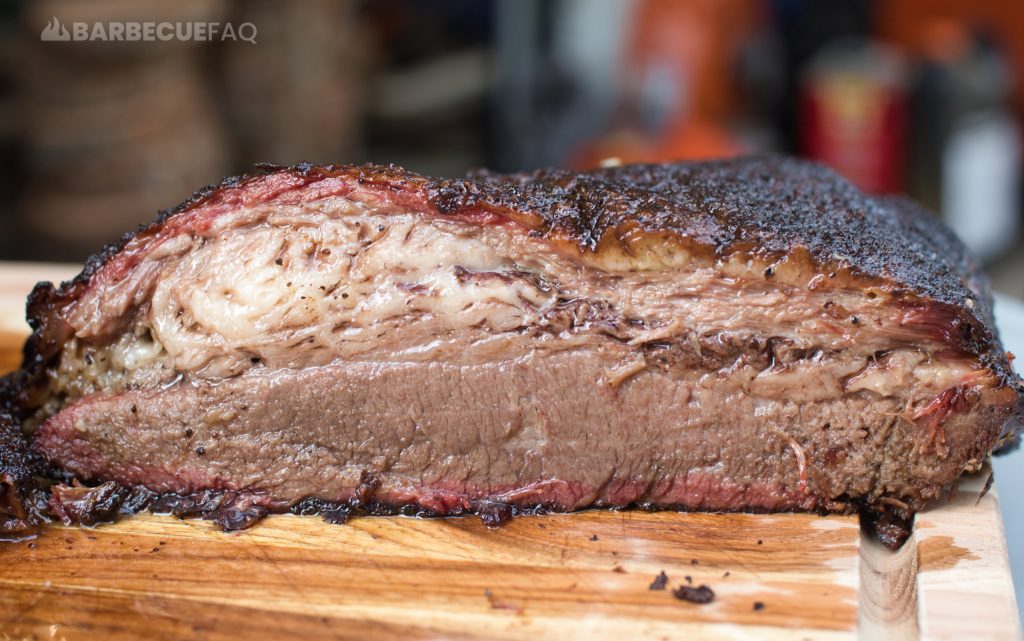
Everybody sees the meat, the juices pouring out, the tender meat.
You then carve up your slices and serve those to your friends and family.
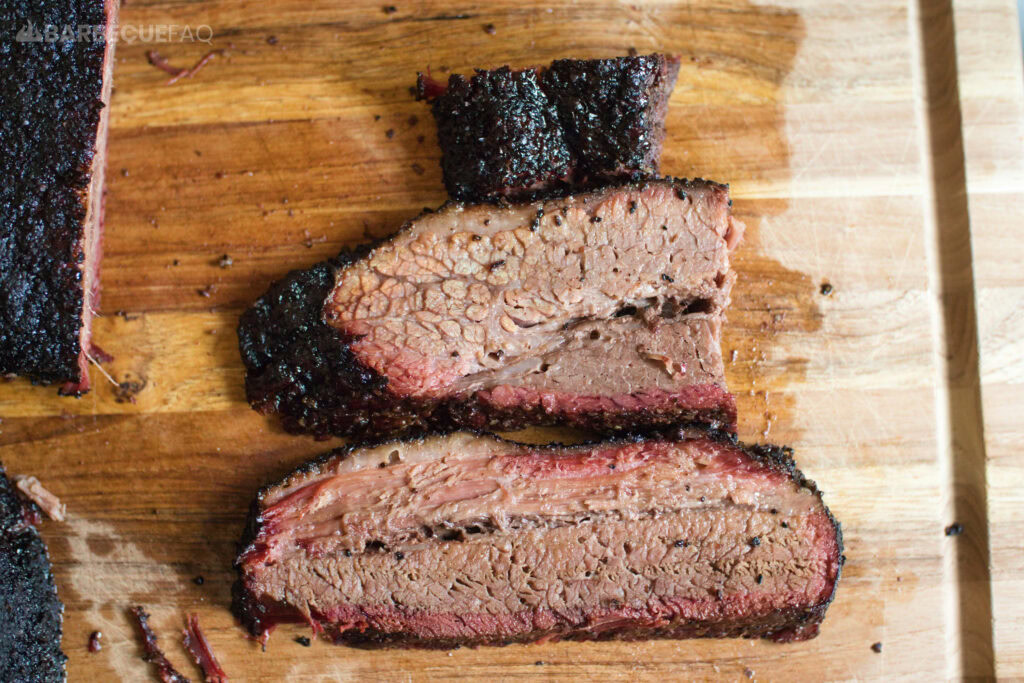
Beef brisket is definitely hard to smoke though and takes a few tries to get right.
You have to worry about:
- Buying a good brisket because that affects the whole cook
- Trimming the meat to maximize fat render and ensure things don’t dry out.
- Smoking the meat, which is long and involved
- Slicing the meat against the grain, which there are 2 muscles with different grains
- etc.
There’s tons more in between and most beginners tend to panic. After each try though you learn something and eventually get it right.
Traditionally BBQ was about taking cheap cuts of meat and feeding your entire Family – which Brisket was the meat for that.
These days all meat is expensive regardless if they’re “tough” or not – only brisket is still the best cut of meat for the job.
2. Dino Beef Ribs or “Brisket on a Stick”
Dino ribs are an extension of the brisket hence “brisket on a stick.”
More or less it’s fatty brisket meat (like the point), on a bone.
Same as the above, you take a whole 3 bone rack of ribs, smoke it whole.
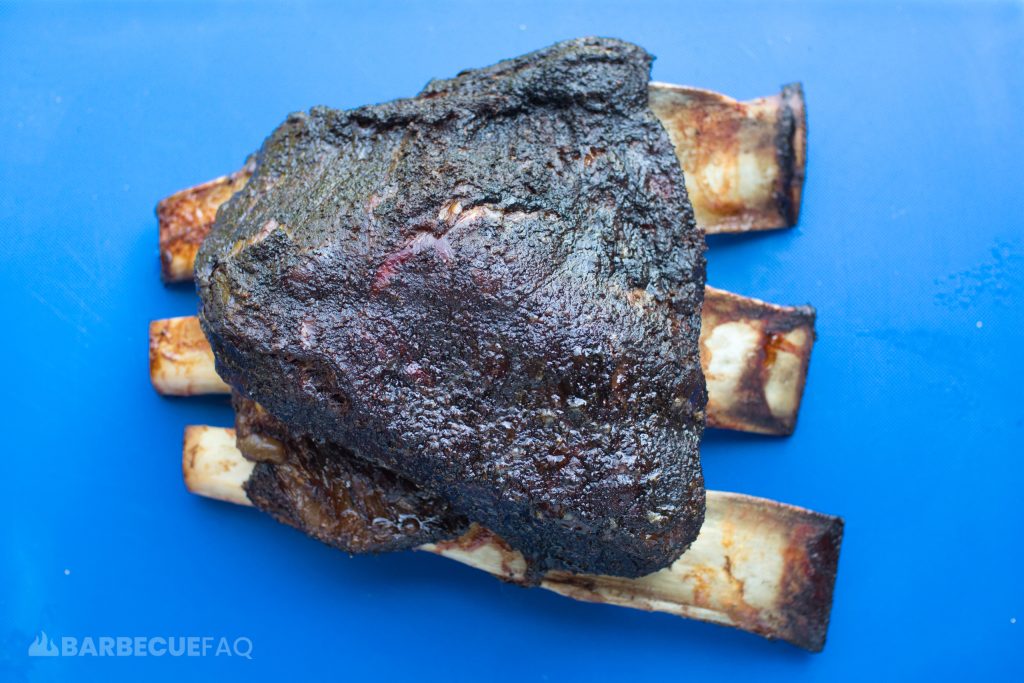
You then cut between the bones, and show your family the cross section.

Dino ribs are incredibly easy to smoke and are near impossible to mess up.
To the point where you can:
- Do absolutely no trimming – no fat removal, no membrane removal.
- Smoke hot and fast (300-325F) without drying the meat out.
The only thing that stinks is that they’re wicked expensive – usually at around $12/lb and they’re hard to find depending on where you live.
They’re also incredibly rich.
In most cases your friends and family will take 1 bite and be totally satisfied.
3. Chuck Roast or “Poor Man’s Brisket”
If you want brisket but don’t have:
- The budget
- Tons of people to feed
Chuck roast is your best option.
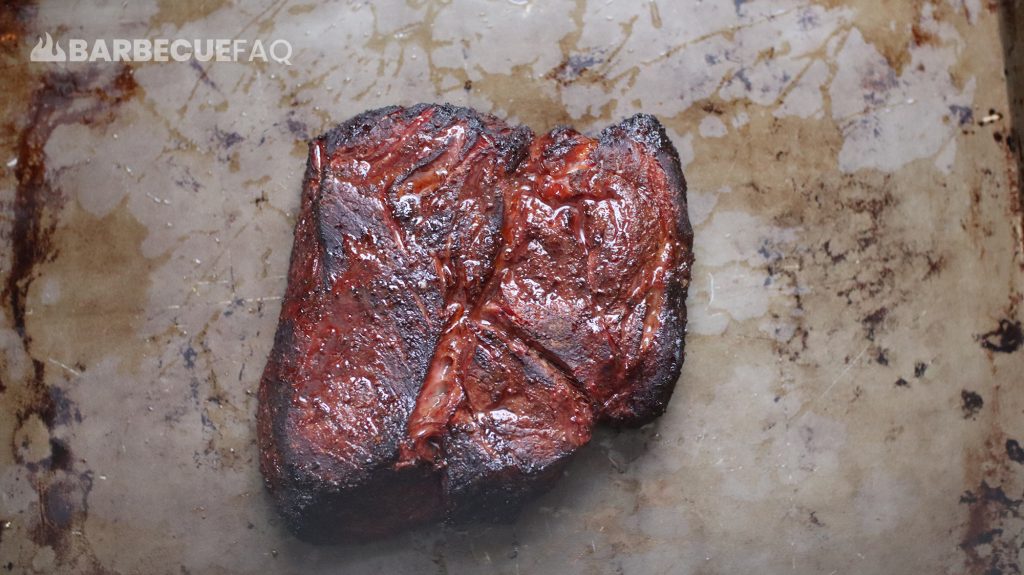
It’s a similar $/lb to brisket, only it’s 2-4 lbs of meat instead of 8-20.
The taste of the meat is eerily similar to brisket flat (the lean) only it’s more pot roast-y.
Since it’s a smaller cut it also takes far less time to smoke.
My biggest suggestion though is to find a chuck roast that’s at least USDA Choice grade or higher. The more marbling the meat has, the less of a chance you’ll dry it out.
I’ve tried to use the ungraded, grocery store chuck roasts and almost every time they’re dry.


